The trend of futuristic solutions for crowded cities is also reaching the United Arab Emirates: a local architecture studio has published renderings of a ring structure that will surround the Burj Khalifa and be a self-sustaining urban unit – 500 meters above the ground
Burj Khalifa The world’s tallest skyscraper in Dubai to get a giant ring like Saturn
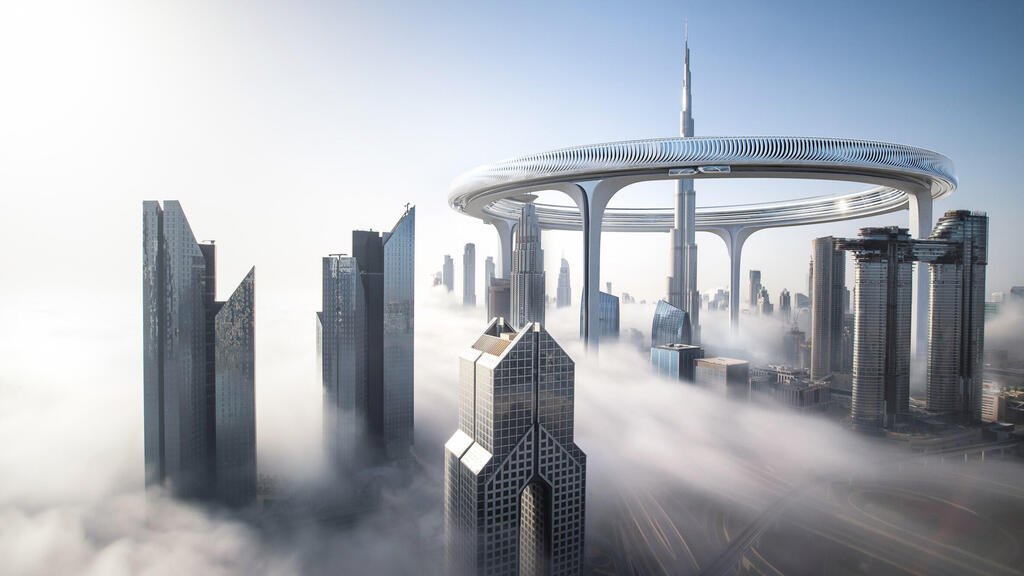
Less than a month has passed since the plans for the “The Line” project were published , a futuristic building city 170 kilometers long that is expected to be home to nine million people in Saudi Arabia. “If you have money, you should raise the bar and create something innovative and different,” Saudi Prince Mohammed bin Salman told Reuters upon unveiling the simulations for the project, which claims to offer a solution to urban overcrowding and the resulting environmental damage.
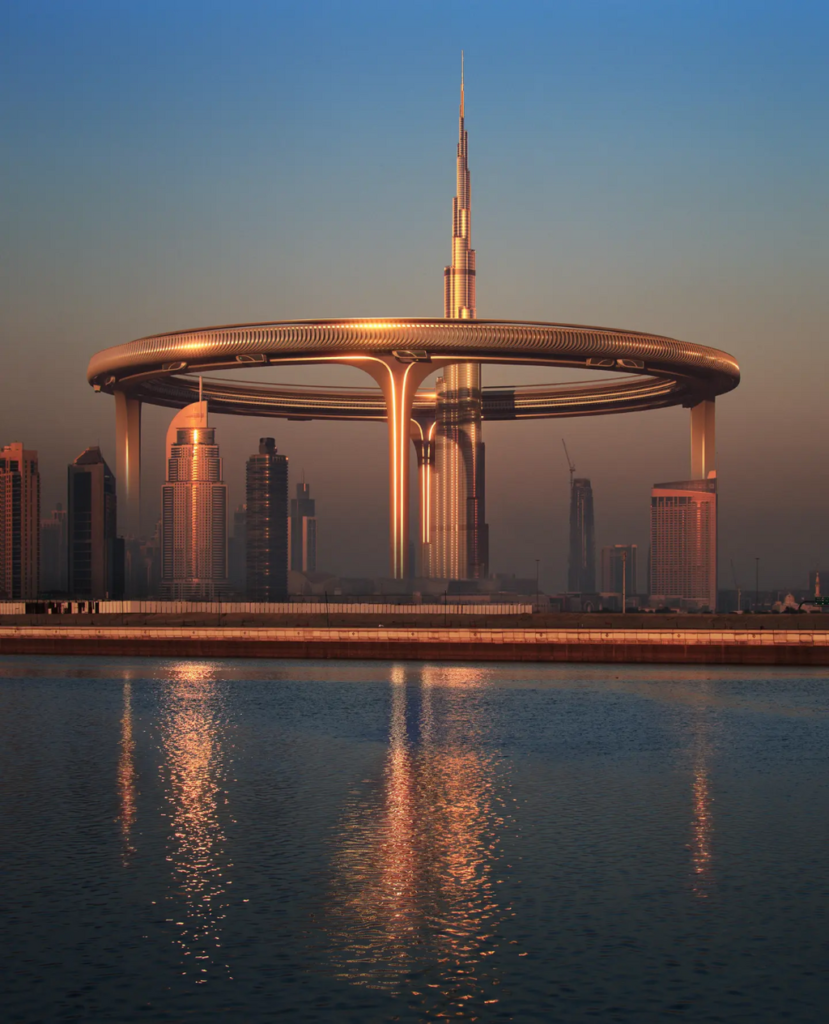
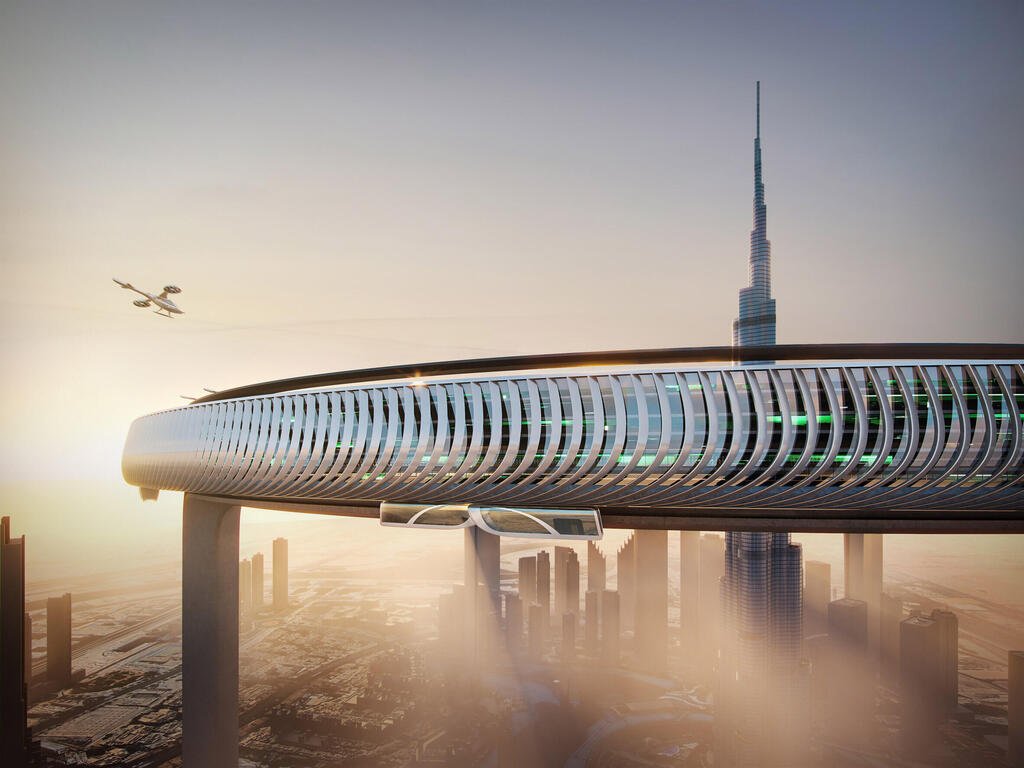
Not far away, in Dubai in the United Arab Emirates, an urban project was unveiled on a smaller scale, but no less ambitious and expensive: the Downtown Circle skyscraper. It is a structure with a circumference of 3,000 meters that will be built around the tallest tower in the world, the Burj Khalifa, which is 830 meters high. The building, behind which stands the Emirati architecture studio ZNera, will consist of two huge rings connected to each other, will be supported by five huge beams and will rise to a height of 500 meters in the center of Dubai.
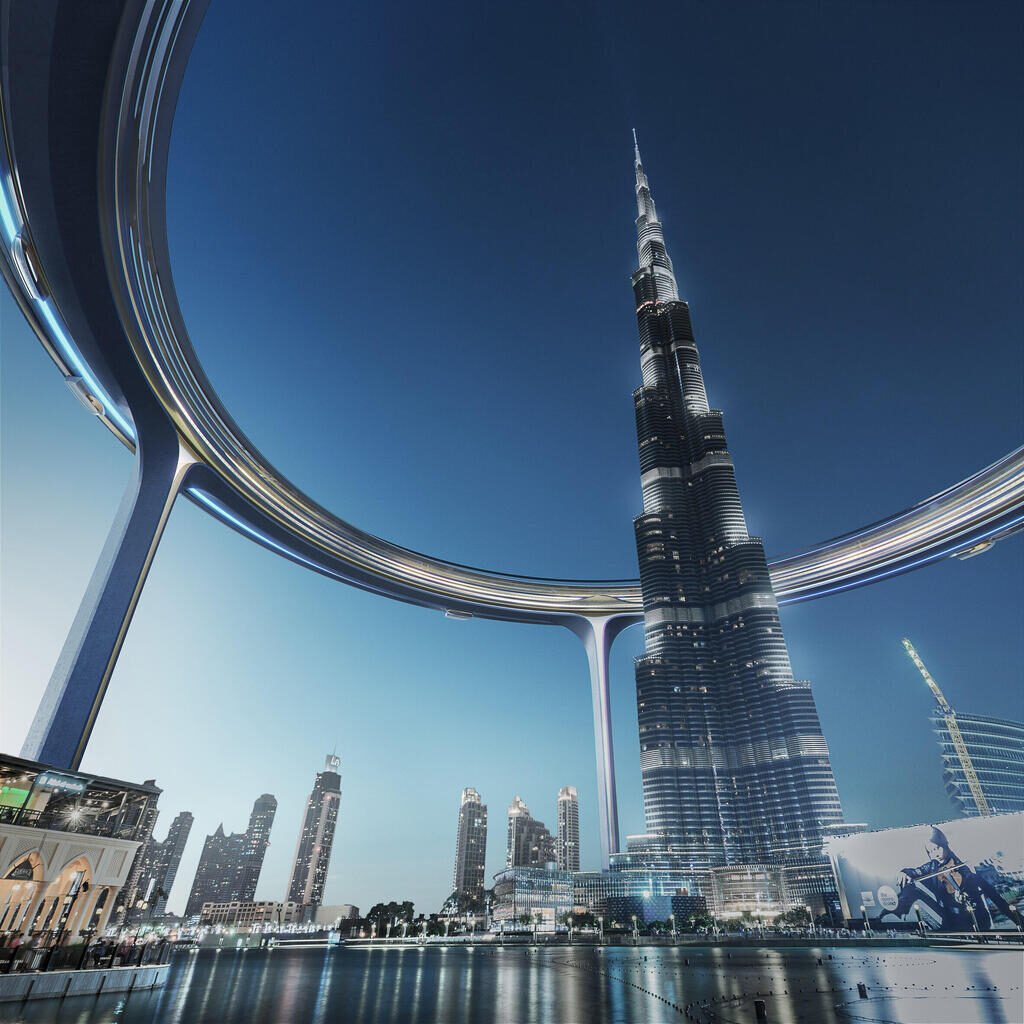
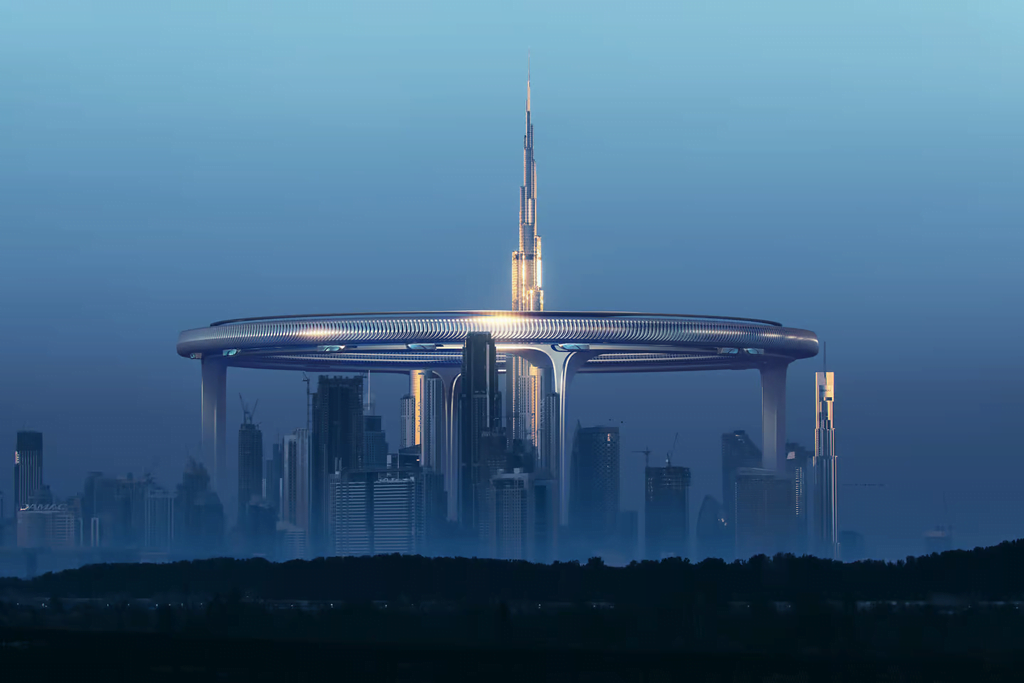
is to offer an alternative to the isolated and isolated skyscrapers that rise in the world’s largest cities,” the architecture studio told the media. “This is a look into the future, which offers vertical urbanism that sustains itself.”
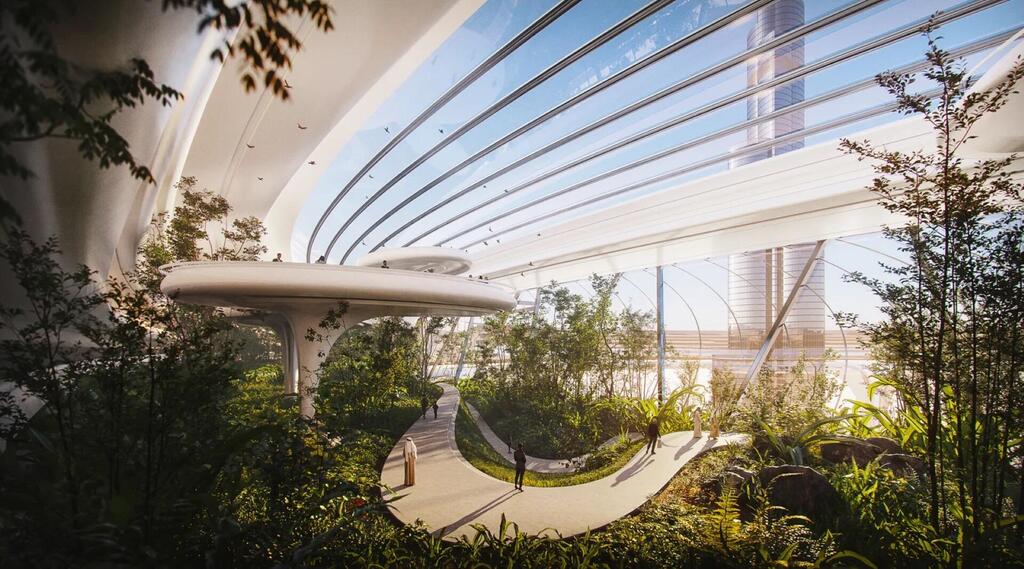
Five urban levels
The idea for the “downtown circle” arose during the corona epidemic, according to the ZNera studio, many of whose projects can be defined as architectural fantasies. “We tried to rethink life in skyscrapers, and different elements inside and outside them. Starting with ways to get rid of waste, through ways to produce food, to air pollution and traffic jams. We integrated all of these into the concept of the project
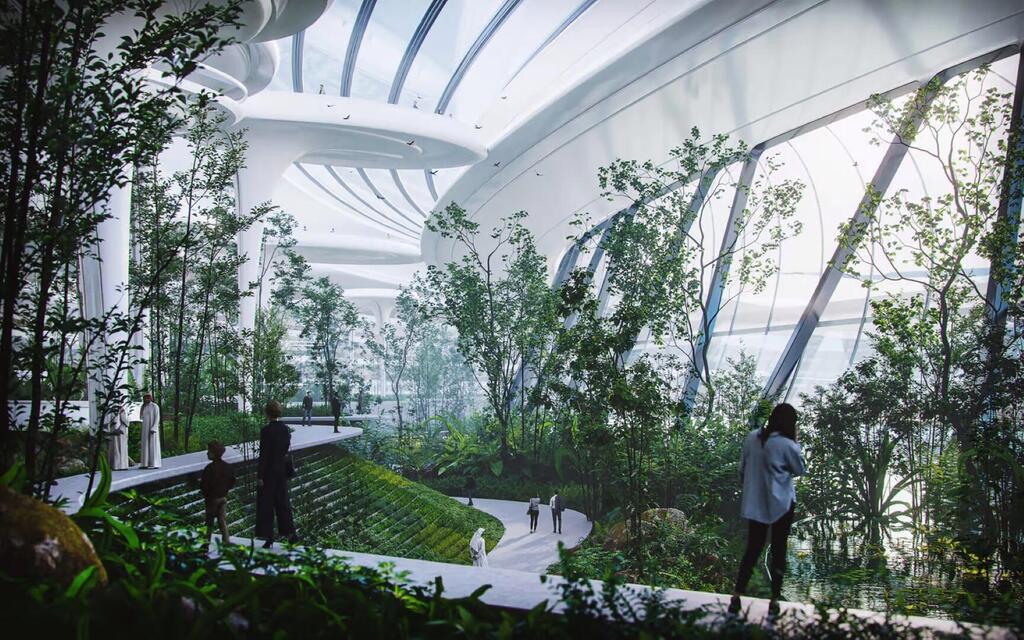
Indeed, the building is planned to be built as an elite city, which, beyond being a one-of-a-kind tourist attraction, will include everything a city needs. The rings of the peripheral metropolis will be divided into five levels, and are expected to include diverse uses, including residential complexes, shopping complexes, culture and research. Thus, among other things, the architecture studio seeks to offer a solution to the increase in population in the United Arab Emirates and in Dubai in particular.
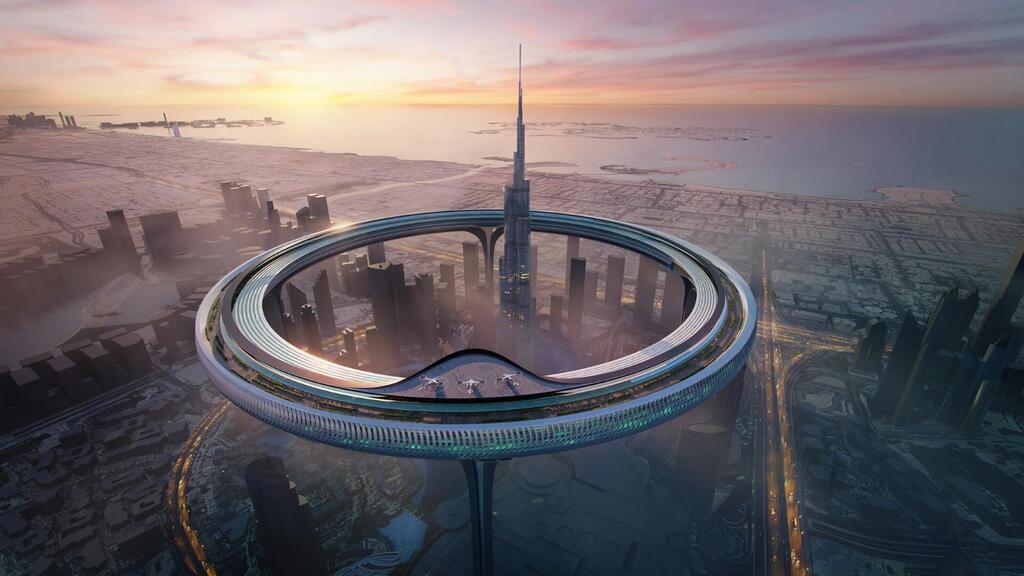
A “green lung” is planned to be built between the two rings, or in this case a green belt, which will extend over all 3,000 peripheral meters. That green lung, which the architecture studio calls SkyPark or “Sky Park”, will be used by the residents of the metropolis and will include a variety of natural environments – waterfalls, swamps, caves, sand dunes and tropical vegetation, the purpose of which is to encourage going out into nature – even 500 meters above the ground. The place, naturally, is expected to include a spectacular panoramic view of the city below. The sustaining aspect of the place will be reflected in smart systems for collecting rainwater, generating solar energy and purifying the air that will be integrated into the sprawling park. Through these systems, clean air will be provided to both the lower city and the upper city.
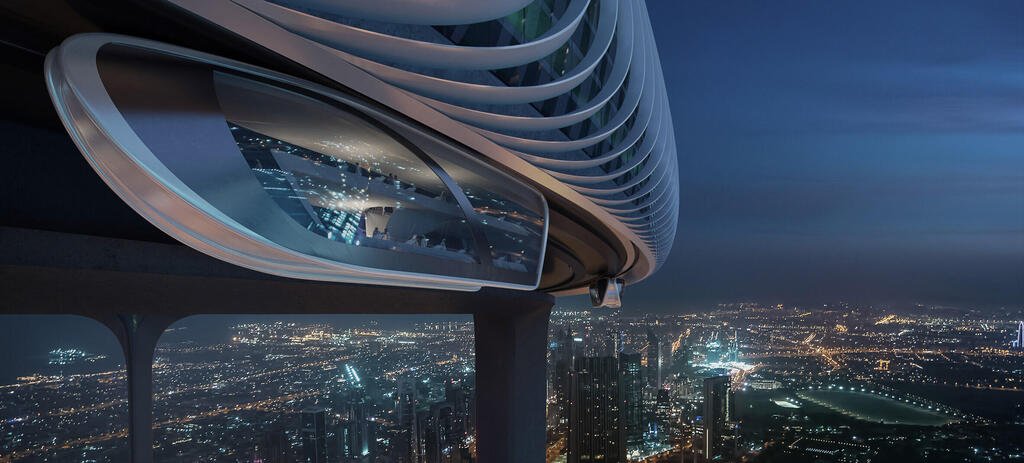
In a statement to the media, the architecture studio did not comment on the way in which the building will function, but said that movement from place to place in the rounded skyscraper will be possible through a transportation route that will be installed on the outer perimeter of the building, where autonomous train compartments will surround the residential rings. The architecture studio says that the speed of the autonomous train is expected to reach 100 km/h, and it will also include a view of the urban landscape of Dubai.
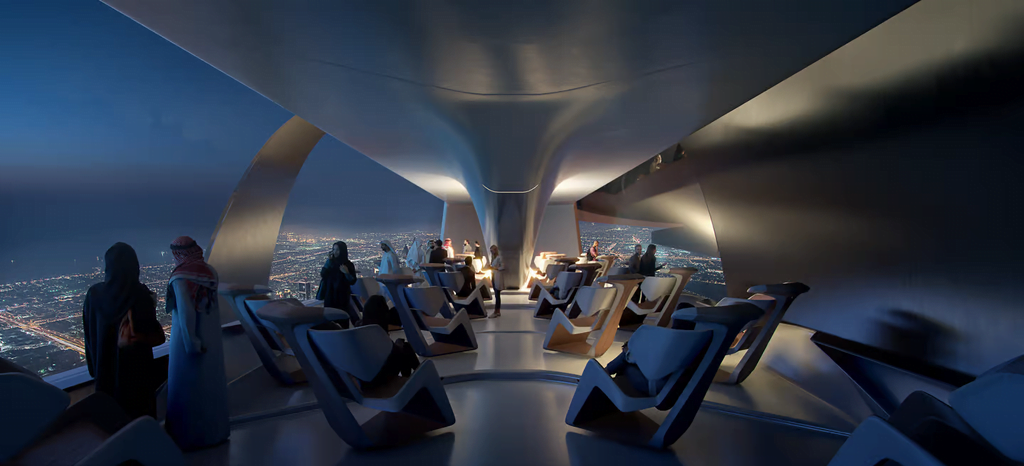
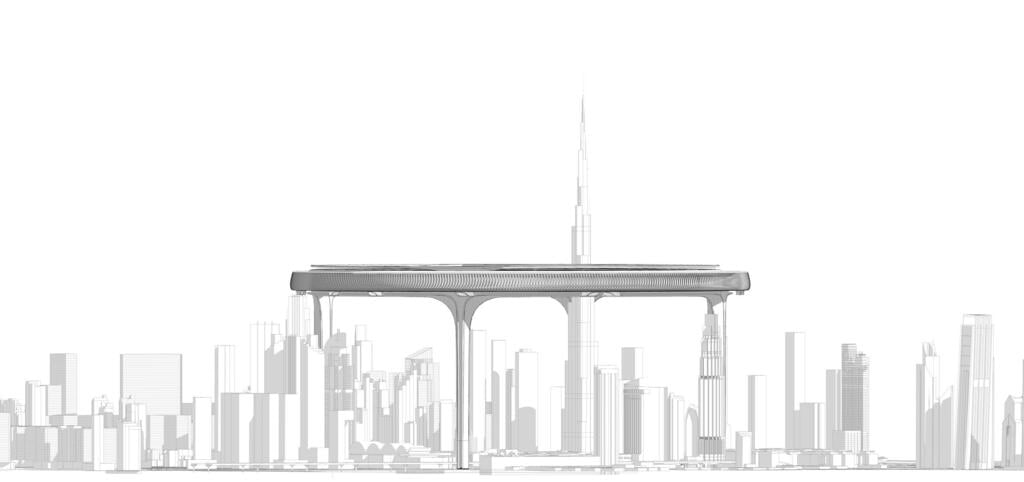
Even such a futuristic project is hard to completely rule out when it comes to the United Arab Emirates, which is known for its grandiose architecture that surpasses all imagination. A good example of this is the Museum of the Future which was launched earlier this year. The 77 meters of the museum, which took seven years to build, stand on a stilt without a single column and include an elaborate tangle made of thousands of parts and covered with stainless steel plates. However, it is important to note that unlike the Saudi “Gazha” project, the Emirati “City Center Circle” did not receive official government support and will, for the time being, be forced to remain an ambitious idea.
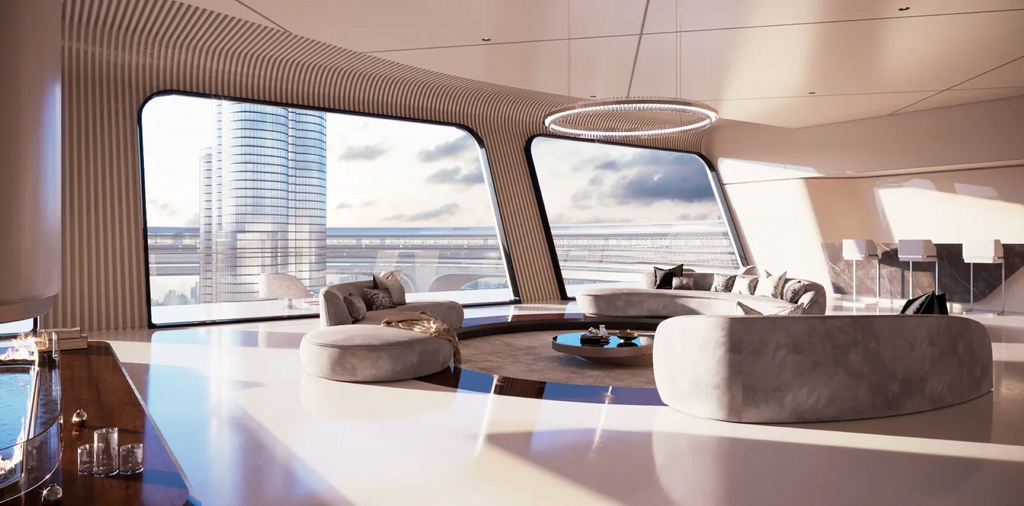
A look at the interior of the “City Center Circle”


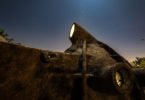
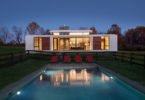
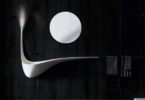

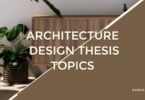
Leave a Comment
You must be logged in to post a comment.